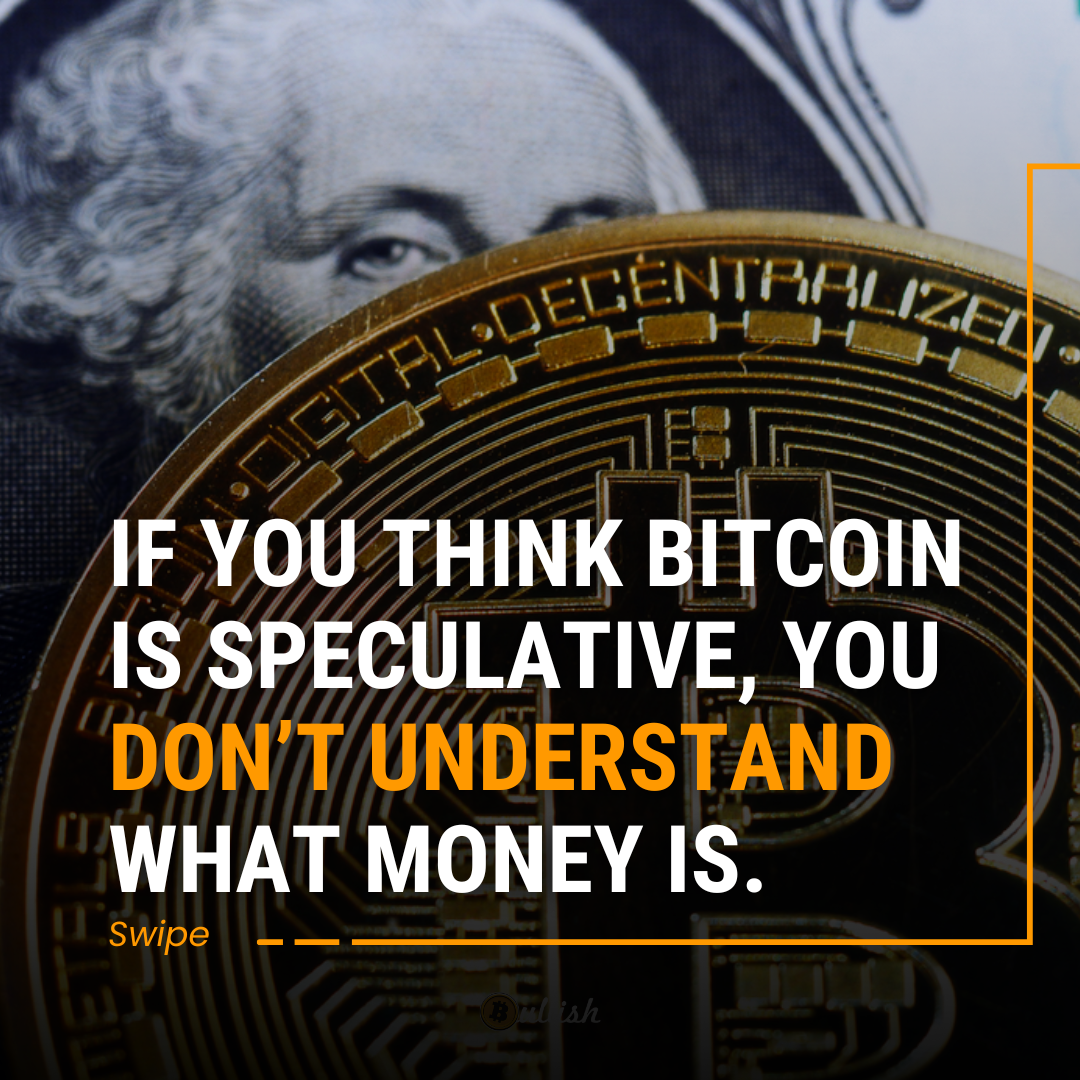DEBUNKING BITCOIN'S
MISCONCEPTIONS
DEBUNKING BITCOIN'S
MISCONCEPTIONS
Think Bitcoin is just for criminals or bad for the planet? Think again. This resource tackles the most common misconceptions with facts, data, and clear explanations—so you can separate fear from truth.

"Bitcoin isn’t backed by anything? It’s backed by math, code, and the energy securing the most powerful monetary network on Earth."
– Michael Saylor

"Bitcoin isn’t backed by anything? It’s backed by math, code, and the energy securing the most powerful monetary network on Earth."
– Michael Saylor
Featured

Shadow Banking, Stablecoins, and the Illusion of Stability
Anatomy of the Shadow Banking System
The financial crisis of 2008 wasn’t sparked by cash, but by credit disguised as cash.
In the years before the crash, Wall Street built a massive shadow banking system made up of institutions that looked and acted like banks but weren’t regulated as such. Instead of traditional deposits, they relied on short-term funding markets. Instead of savings accounts, they used repo agreements, commercial paper, and money market funds.
Everything in that system worked smoothly until confidence cracked.
The danger wasn’t that the assets vanished overnight, but that they weren’t what people thought they were. Mortgage-backed securities were treated like near-cash collateral. Money market funds were treated like guaranteed cash equivalents. When markets realized those “cash equivalents” weren’t risk-free, the entire structure seized up.
Shadow banking thrived on the illusion of liquidity, the belief that you could always redeem your position for real dollars at any time. But that promise rested on rehypothecated collateral, off-balance-sheet leverage, and complex legal plumbing that few understood.
When the music stopped, “safe” assets became frozen assets, and the world discovered that trust-based liquidity works only in calm seas.
Parallels Between Money Market Funds and Stablecoins
Fast forward to today’s crypto markets, and the same dynamics are playing out in digital form.
Stablecoins are the shadow banks of the crypto era. They promise a dollar that isn’t really a dollar — a token backed by “reserves” that may include commercial paper, repo, T-bills, or even crypto collateral. They are the main lubricant for crypto trading, DeFi, and global arbitrage flows.
Each stablecoin operates like a private money market fund:
• Users deposit assets and receive “cash equivalents” (tokens) in return.
• Issuers invest those assets into short-term instruments to earn yield.
• The peg holds as long as users believe redemption is easy and immediate.
Here’s the problem: no one can truly verify what’s backing the system in real time. Audits come late, disclosures are partial, and redemption gates can appear overnight. Many stablecoins operate offshore, outside of meaningful supervision.
The pattern is familiar. Just like 2008, the illusion of stability lasts only while confidence does. When liquidity dries up, redemption promises strain. TerraUSD’s collapse showed the extreme case, but even asset-backed coins like USDT or USDC rely on fragile assumptions.
Stablecoins are unregulated dollar liabilities circulating at global scale — IOUs stacked on top of IOUs.
The “Too Big to Fail” Question in Crypto
In 2008, when money market funds “broke the buck,” the Federal Reserve stepped in because the contagion spread into traditional finance.
Today, stablecoins move hundreds of billions of dollars in transactions every month. Major exchanges, custodians, and DeFi protocols depend on them for pricing, collateral, and liquidity. If a major stablecoin were to lose its peg, crypto liquidity would freeze overnight, just as shadow banking did in 2008.
The irony is striking. The very thing Bitcoin was designed to eliminate — opaque credit dependency — has been rebuilt inside the walls of crypto. Stablecoins offer convenience but recreate systemic fragility. They act as dollar proxies but rely entirely on traditional banking and Treasury markets to function.
Crypto’s biggest risk is not Bitcoin. It is its attachment to the dollar through unstable, unregulated instruments.
If one of these giants fails, would regulators step in? Would central banks tolerate a private dollar system destabilizing their own? The answer will determine whether stablecoins remain a bridge or become a breaking point.
Why Bitcoin, Unlike Stablecoins, Has No Redemption Promise to Break
Bitcoin is not a promise. It is not pegged. It is not a liability.
Every stablecoin depends on the credibility of its issuer to honor redemptions at par. That means each one is vulnerable to human failure and liquidity shortfalls. Bitcoin has no such weakness. It cannot “break the buck” because it has no “buck” to break.
Its value floats freely in the open market — volatile, yes, but honest. There are no hidden collateral pools, offshore partners, or secret redemption agreements. Bitcoin’s strength lies in its transparency: a fixed supply, global settlement finality, and no intermediaries that can default.
Bitcoin removes the illusion of stability entirely. It is not pretending to be a dollar or to maintain a peg. It simply exists as a self-settling asset that can be verified by anyone.
Stablecoins may have utility, but they are bridges back to the legacy financial world. Bitcoin is a bridge out of it. One perpetuates dependency; the other restores sovereignty.
The Takeaway
The shadow banking system of 2008 showed what happens when promises outgrow proof. Stablecoins are replaying that story faster and at global scale.
Bitcoin stands apart as collateral that doesn’t depend on trust or redemption. It settles itself.
In a world obsessed with stability, the most stable foundation may be the one that doesn’t pretend to be something it’s not.
Fix the money, fix the world.
Shout out to BullishBTC.com — your home for Bitcoin-only education, mentorship, and sovereignty.
Bitcoin Common Misconceptions w/ Robert Breedlove (BTC001)
How Money & Banking Work (& why they're broken today) - Lyn Alden
Government Bans And Regulations On Bitcoin | Debunking every Bitcoin "Problem" Ever
OUR GOAL
Our goal is to educate others on the value of owning Bitcoin from both a financial and humanitarian perspective.
QUICK LINKS
© 2025, BullishBTC. All rights reserved.









